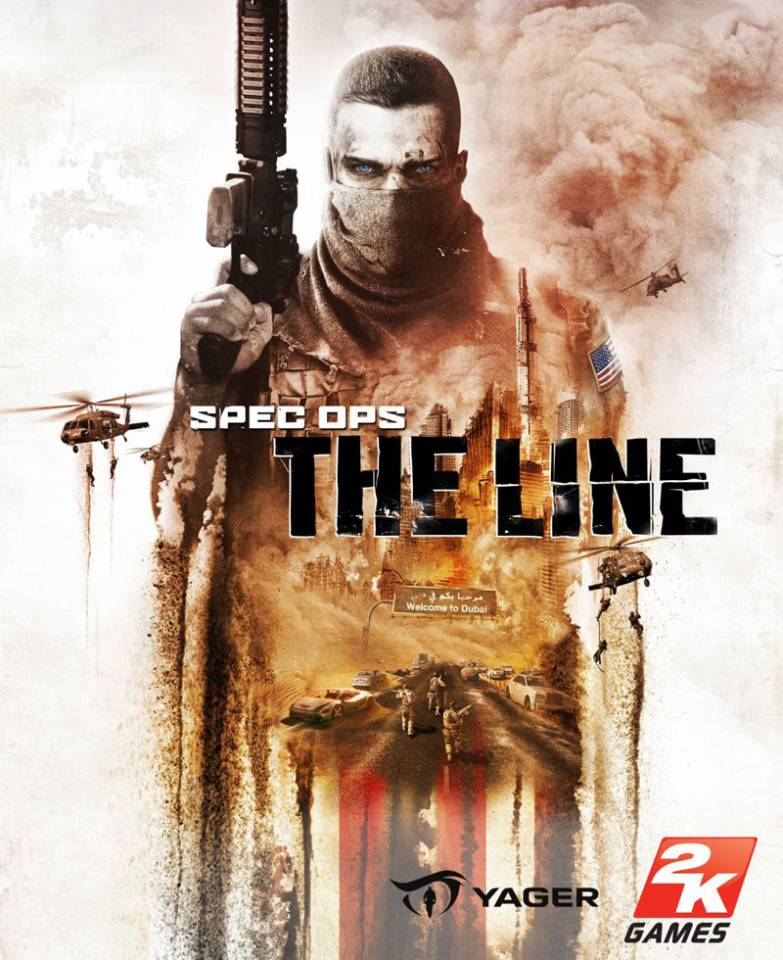

The enemies you fire them at return the favor vigorously but lack the kind of artificial intelligence that can liven up a firefight. The guns you fire are a fine military array of assault rifles, shotguns, sidearms, and heavy weaponry. Gunplay in Spec Ops: The Line is a simple matter of taking cover, popping out to shoot enemies, and advancing to more cover from where you will shoot more enemies. Unfortunately, no such creativity is found in the actual combat. The disparate architectural and artistic threads intertwine to create a fascinating landscape, one that is a pleasure to explore despite the merely decent production values.Įven the interiors overflow with visual details. These striking scenes are punctuated by the politically charged graffiti that some stranded artist has created around the city, anonymous accusations that target the suffering of the people (smiling images of hotel guests with their eyes hollowed out) and those who helped exacerbate an already bad situation (a skeletal news anchor holding a smiling yellow puppet). The artifacts of the aborted exodus tell a story too cars are abandoned, belongings have been left behind in a hurry, and desperate pleas for help adorn the walls. Walk just past the glittering peacock statues and extravagant mosaics to find rickety cots, shabby walls, and dirty sheets.Ī battalion of American soldiers have taken up residence here too, following their failed evacuation attempt, and their military outposts add an ominous air of conflict to the landscape. Trapped by the swirling debris, the citizens are forced to create makeshift shelters amid the towering skyscrapers, carving out settlements in the luxurious wreckage. A fierce sandstorm has left Dubai with an entirely new geography, one defined by sliding dunes and sandy canyons. The environmental design is one of the highlights.

Now Playing: Spec Ops: The Line Video Review All the successes ever manage to do is average out the failures which preceded them.By clicking 'enter', you agree to GameSpot's The ultimate result ends up similar to the result of the choice system squad orders become more important in the final hour or two, but by then it's a case of too little, too late to really impress. You may want to order your sniper, Lugo, to target a single enemy only to actually order your gunner, Riggs, to throw a flash grenade. There's not many occasions when you really need to call for support and when you do the fact that it's handled via a single context sensitive button means it can be too cumbersome to use. Unfortunately, while issuing orders to allies is a meaningful addition, it's also pretty superfluous. Spec Ops deviates from the template set by the likes of Gears, for example, by letting you issue orders to your AI assistants - each of which are brilliantly written and excellently argue their ideals throughout the game. Again though, that averageness is formed as a median, with Spec Ops' mechanics often bravely reaching further than they need to but failing to grab everything they hope for.


 0 kommentar(er)
0 kommentar(er)
